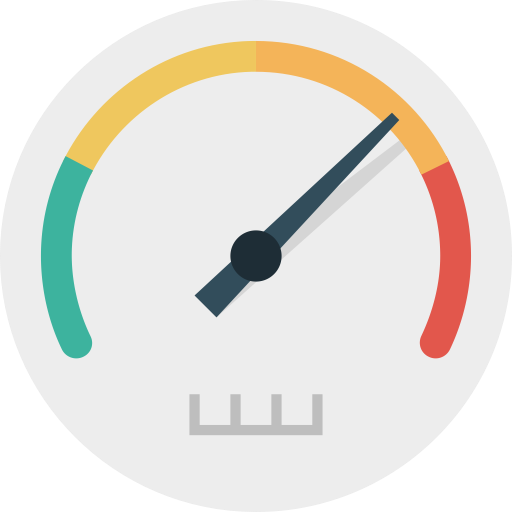
Based at the University Hospitals of Leicester, we serve the educational needs of healthcare practitioners in Acute & Emergency Medicine across the East Midlands, UK

Based at the University Hospitals of Leicester, we serve the educational needs of healthcare practitioners in Acute & Emergency Medicine across the East Midlands, UK
Developed & Tested by Dr D Marikar, Dr J Mann, Dr G Lewis and Dr D Roland at University Hospitals of Leicester NHS Trust for #EM3

"Scribbling notes on paper during the simulation makes observing behaviours difficult. With this app, I can stay focused and quickly record the key points."
Our Emergency Department runs weekly paediatric in-situ simulations for medical and nursing staff, followed by a debrief focussing on clinical and human factors.
We sought to build a software tool to aid trainers collect key data on assessment and management of simulated paediatric patients in real time, and display data appropriately to facilitate team debriefing.
We identified performance assessment measures in paediatric simulation via a literature search and devised a scheme to record times for key events during simulation, using an ABCDE approach and the following markers:
a) Time at which a clinical problem occurred
b) Time at which the clinical or logistical problem is identified
c) Time at which it is treated
This scheme was implemented as a web application accessible via departmental iPads. The application allows facilitators to customise labels for problems and interventions specific to the scenario. Labels and associated times are displayed in graphical form during debrief, to provide a chronological view of management, and to frame discussions on the influence of human factors and communication.
The tool has been trialled during weekly in-situ paediatric simulation, for example including a Paediatric Sepsis scenario (fig. 1).
““It’s really helpful to see not only when you are identifying a problem, but also to see bottlenecks and difficulties in providing good care.””
The scenario revealed that the team performed rapid ABCDE assessment (completed at 4 min 30) with timely identification of diagnosis of sepsis (5 min); however there were significant delays in administration of an IV fluid bolus (due to unfamiliarity with weight estimation techniques) and IV antibiotics (due to a specific person not being allocated to the task).
This was shown graphically to participants during the debrief and led to identification of reasons for delays and discussion of strategies to tackle them. Feedback of the current of the tool has been positive from participants (table 1).
We have developed a working tool to record and visualise performance in paediatric simulation. Further features may include analysis of overall team performance over time and there is no reason why it can not be used in other specialties and disciplines.